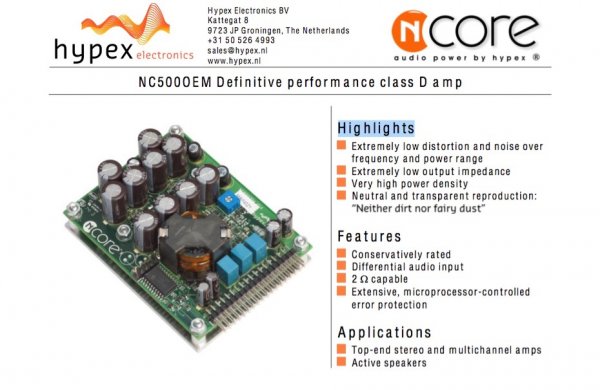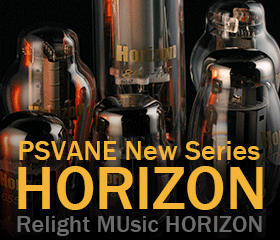I'm not an engineer, as you well know, so I can't answer that question. I do still think that a traditional preamp differs from a DAC. They have different functionality and seem to emphasis different strengths. If one inserts a DAC into a traditional preamp, and it retains all of the functionality of a preamp, then I suppose one would have to look at measurements, build quality, parts quality, and finally listen to determine what the differences are. Some will be better than others.
You once wrote that all preamps are colored. If, as you just wrote, "Most DAC's are DAC's inserted into preamps", it would follow that these preamps with inserted DACs are also colored. So, I suppose the difference is that somehow, this NADAC unit, which is really a DAC inserted into a preamp, is the one preamp which is not colored and completely transparent, unlike every other preamp available. That seems somewhat of a stretch. And hard to know unless one has compared them in the ways I list above.




















